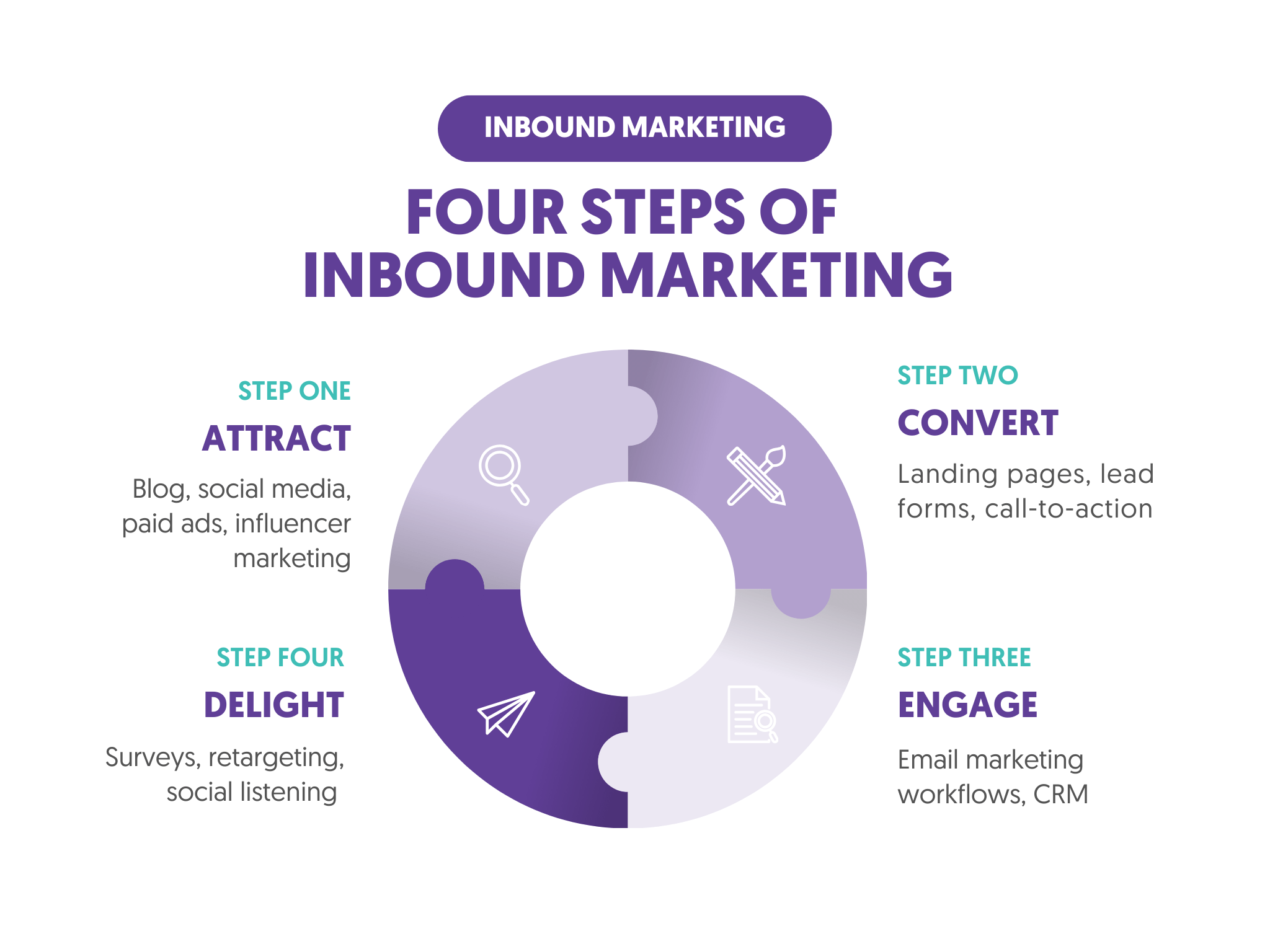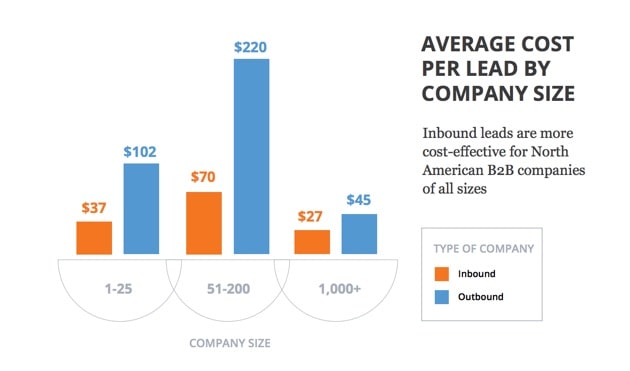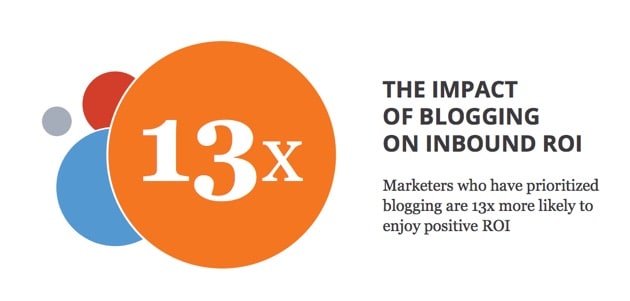What Is Inbound Marketing?
Inbound marketing is the digital marketing process that helps businesses attract and connect with their potential customers through online content. It emphasizes creating and sharing helpful content with a target audience rather than relying on paid ads. It has four stages: attract, convert, engage, and delight.

The increase in the number of people using the Internet for everything they want (information, products, services, leisure) and the rapid rise of social media networks has led to a new online selling model.
This model has content marketing as the starting point for any inbound marketing campaign.
What are the main components of inbound marketing?
Inbound marketing can be thought of as a superset that includes several digital marketing disciplines.
Things like Search Engine Optimization (SEO), blogging, social media marketing, Search Engine Marketing, and email marketing are tools that can be used in the different stages of inbound marketing.
What Are The Benefits of Inbound Marketing For SMBs?
The most important benefits of inbound marketing for small businesses are:
1. It’s Cost-Effective
When discussing business and benefits, the first thing that comes to mind is cost. Inbound marketing can generate leads for a company (of all sizes) much cheaper than outbound marketing.
As you can see in the graph below, small businesses can generate leads from inbound marketing by spending only ⅓ of what it costs them to get a lead from traditional outbound marketing.

This is very important, especially for businesses with small budgets who want to efficiently use every dollar they spend on marketing.
2. It’s Long-Lasting
Remember that inbound marketing aims to build connections with your customers. This means it’s not a once-off relationship but something that will last longer, provided you have established trust.
Let’s take blogging and SEO, for example, which are among the most popular inbound marketing tools.
What is the result when your blog provides consistently great content and implements good SEO practices? In the beginning, you will reach a few customers since SEO is a process that takes time to work, but after a few months, your rankings will increase, and the traffic will start to flow in not just once but hopefully for a long time.
Take, for example, social media. What is the outcome once you have a strong presence on Facebook with thousands of fans on your business page? You can reach out to your audience (or to a portion of it) and connect with them every time you update your Facebook page, and this comes at no cost (assuming that you want to reach them organically and not through paid Facebook ads).
The same goes for email marketing and any other inbound method.
Once you can provide content that your potential customers want to read and that you have gained their trust by establishing your authority on the subject, everything else becomes easier.
3. Reach New Markets And Audiences
The fact that inbound marketing is purely executed online allows you to reach new audiences and diversify your reach by running different campaigns.
For example, let’s say you are selling ‘SEO services online, and you decide to add ‘social media services' to your list of products.
With traditional marketing and because the profile of both customers is the same (when it comes to TV or radio advertising or other conventional methods), you could not easily make the segmentation and target only those that need one but not both services.
With inbound marketing and PPC in particular, you reach people looking for social media services by targeting only those keywords in your PPC campaigns.
This is just a simple example, but the fact that you can select exactly and in great detail who will see your content has huge advantages, and that’s why the ROI is higher.
4. It’s Immediate
When someone is looking to buy a product online, they find your website by searching Google for that product. They read your content, which has everything they need to know about that product. They trust your store as being reliable and safe, and they purchase the product from you.
This is the ideal scenario, and of course, this is not always the case, but it’s possible with inbound marketing.
With outbound, it’s a different story. More steps are added to the process, making it more complex and not immediate.
Take, for example, radio ads. Someone, while driving, listens to a product ad and finds it interesting. After he goes home (and if he still remembers the ad), he will search the Internet and find the products in the ad.
Then, they will follow the inbound marketing path but still may not buy since this is not something they want (unlike searching for it in Google).
5. Build Authority And Brand Awareness
So far, all the benefits outlined above relate to costs and sales, but this is not always a company's only marketing goal.
Sometimes, you want to build your brand name and raise awareness about your company or change people's perception of your products.
Inbound marketing is the perfect solution for this; not only can it help you spread the word and make your brand known, but indirectly, this will generate more leads and sales.
You can make use of social media, quality blog posts, slideshows, infographics, PPC, SEO (to name a few tools), to get your brand in front of thousands of prospects and educate them about your company without them understanding that you are trying to ‘shape’ their opinion about your company.
Regarding authority and perception, look at what HubSpot managed to do with inbound marketing. They invested heavily in educating people about it and are now considered the ‘authority’ resource on inbound marketing.
This, of course, positively impacts the sales of their marketing tools.
Inbound Marketing Techniques
How do you take advantage of all the benefits of inbound marketing described above? Which are the more effective techniques to use?
Blogging
It may surprise some, but blogging is the most effective inbound marketing technique. According to statistics among inbound marketers, blogging has a 13X higher return than any other method.

Sounds too good to be true. It is true, but for blogging to be effective as an inbound marketing tool, you must consider one very important factor: Content quality.
The quality of content produced through blogging has to be of top quality.
This means providing real value to the readers (prospect customers) so that they continue to the next phases of the inbound marketing cycle, i.e., getting the reader's attention so that they engage with the content, trust the provider, and convert in a way that leaves them happy and satisfied.
Search Engine Optimization (SEO)
Good content needs another thing to become a great sales channel, and this is no other than SEO. SEO can give you higher rankings in Google, more traffic, and increased visibility for your content.
Higher rankings mean more traffic, and this, in turn, generates more leads and sales.
Even if SEO can reach more people, you need to give them incentives to take the next step.
Incentives can include a helpful ebook, a free guide, discounts, or a free trial of your services.
Those who accept your incentives have already passed the attention and engagement phases, and it’s your job now to gain their trust and satisfaction.
If you make fake promises that damage their trust and satisfaction, even if you give them great incentives, the result will not be what you want.
Website Marketing
Your website is the base of blogging and content, so it’s good not to forget that.
You are doomed to fail even if you have great content but are hosted on a website that does not meet specific standards.
A great website must be fast, easy to use, mobile-ready, SEO and social media friendly, and updated regularly with fresh content.
You need to have a ‘call to action' plan.
A call to action is when you ask your readers to take action that is valuable for your business.
Sometimes, this can be asking them to register for your newsletter, follow your brand on social media, comment on your posts, subscribe to a paid service, or purchase your products.
Whatever your call-to-action goals, you must ensure that they are reflected in your website design and content.
For example, if you look at my SEO blog, you will see clear calls to action on the right sidebar and within the content of my posts. This is how I get new customers and leads for my business.
Blogger Outreach
While working on building content for your website and establishing your brand or personal image, you can take advantage of the reputation and traffic of other websites.
This can be done through guest posting on websites that can provide value (and not just SEO value) for your business.
It is not easy because it will take a lot of your time and resources, but it’s a great opportunity to reach bigger audiences and connect with potential customers who otherwise would not find you.
Inbound Marketing Is Here To Stay
Maybe you didn’t realize it, but you practice inbound marketing if you have an online presence. All your efforts to build traffic and get new leads are part of the inbound marketing process.
Although it may be a more cost-effective method than outbound marketing, that does not mean it is easy or that everyone can do it.
Understanding how to get your customers from the beginning to the end of the process takes time, money, practice, and a lot of effort, but it’s a discipline that is here to stay, even if it evolves to stay in sync with the latest trends in digital marketing.



